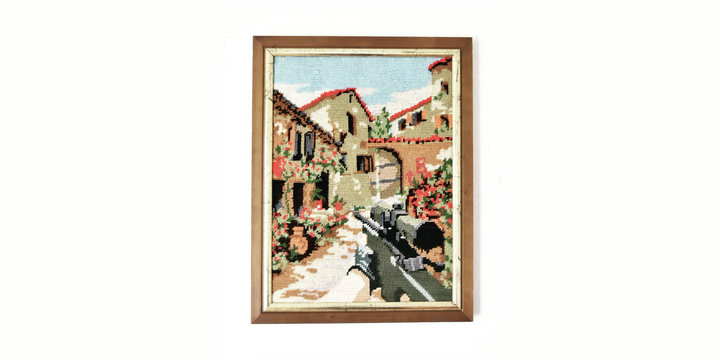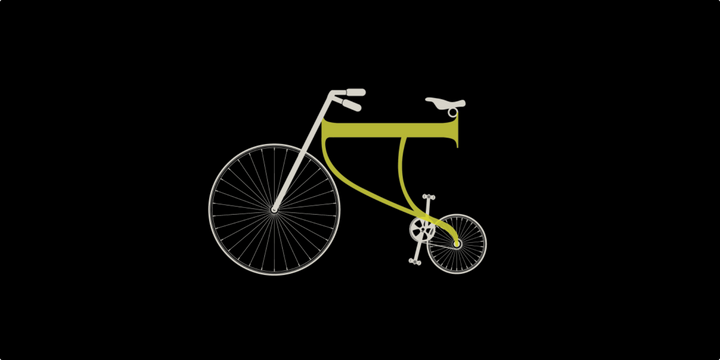Design is pure communication.

Although a big part of what we do involves the product and metrics, their value ultimately depends on how well we communicate within our teams. Design itself serves as a form of communication—a means to convey ideas and messages. Our design process should revolve around conveying our ideas and messages clearly, aiming to get feedback in some form so that we can further refine the design. Communication is a cyclical process...
Beyond user data and external feedback, effective communication is vital within our teams. Before we begin building, ensuring strong communication within our team and company is crucial. As designers, our role includes not only expressing our perspective but also attentively considering the insights of our team. Through strong communication, we can bridge the gap between designers and those less familiar with design principles.
Consider a scenario where your friends are teaching you a new board game. Would you prefer complex terms thrown at you, or would you expect a patient and more emphatical explanation? Similarly, we shouldn't assume our team members will understand all the design terminology that we use. It's unrealistic to expect effective collaboration without fostering a shared understanding.
For effective communication, Tom Greever's "Articulating Design Decisions" is an invaluable guide. It emphasizes the importance of reframing and asking for clarification, uncovering what's unsaid, taking notes in the meetings, and sticking around after the meetings to chat.
It's really important to share and be understanding when we communicate. Even though communication can sometimes be tough, it's crucial to remember that we're all people, not robots. There is no right way to explain something since everyone has their unique ways of learning and understanding. Because of this, it's necessary to take a patient and watchful approach to get how others are responding to our decisions.




